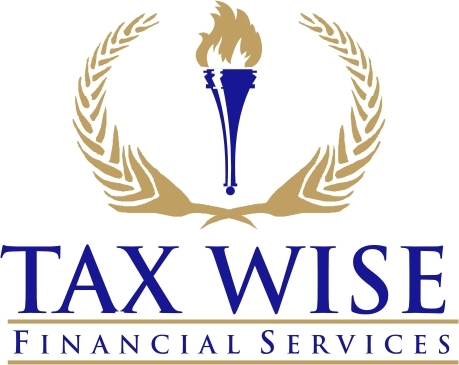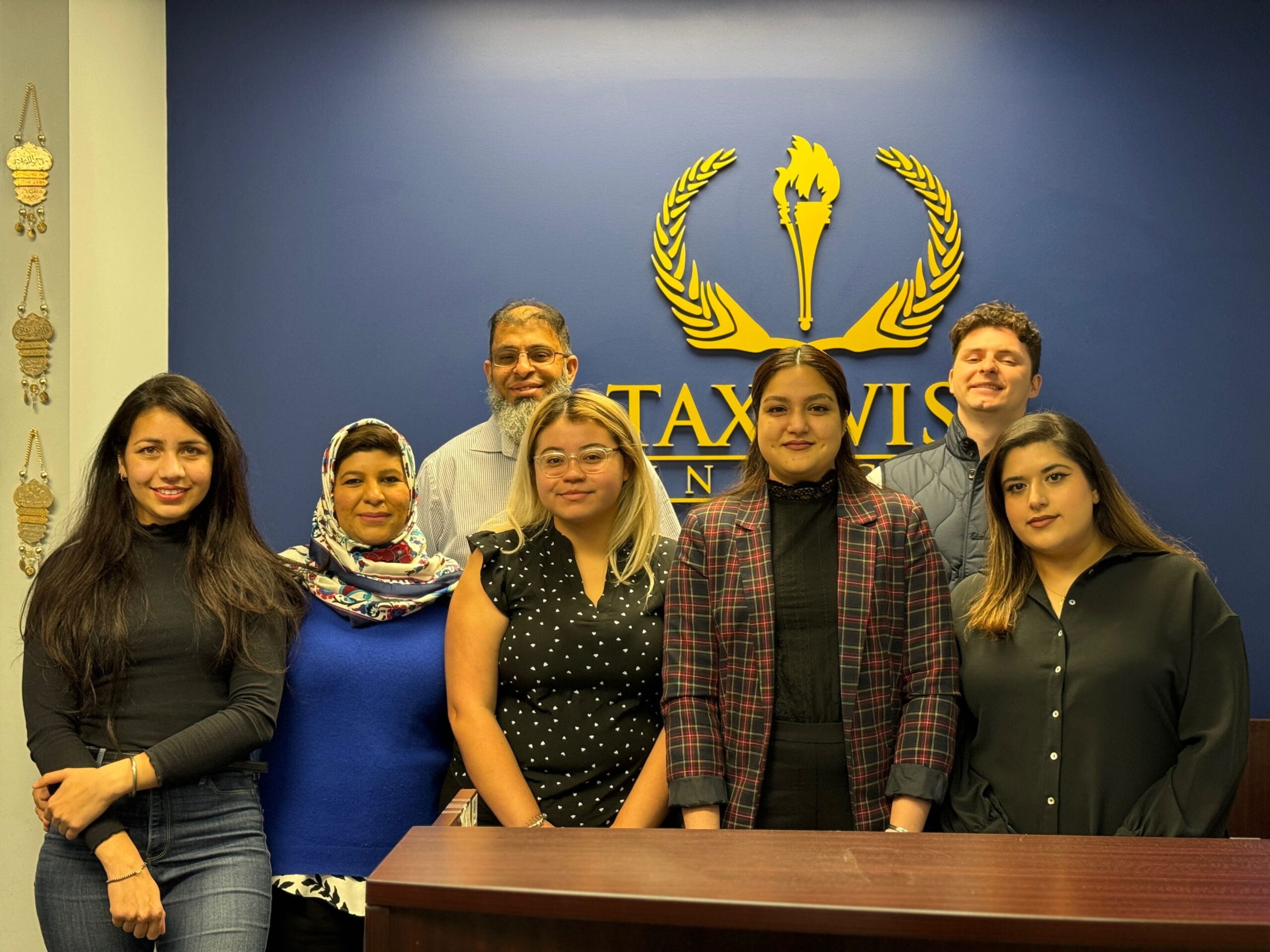In the realm of taxes, challenges often present themselves as opportunities for savvy entrepreneurs to optimize their financial strategies. Entrepreneur Senty’s encounter with the IRS highlighted the importance of active participation in business activities. However, he could have reframed his situation by leveraging passive income to offset passive gains and take advantage of more favorable tax treatment. Senty’s journey began with a quest for a refund of over $200,000 in Net Investment Income Tax (NIIT), a sum triggered by an IRS audit. Despite holding multiple titles and ownership stakes, the IRS questioned his material participation and denied his refund claim.
But what if Senty had approached his tax situation from a different perspective? What if Senty had embraced passive income and used it to offset passive gains instead of active income? Passive income, from rental properties, investments, or businesses where he does not materially participate, receives more favorable tax treatment than active income. By focusing on generating passive income, Senty could have unlocked numerous tax benefits and wealth-building opportunities.
Here’s how Senty could have used his situation to his advantage:
1. Embrace Passive Investment Opportunities: Rather than solely relying on active participation in his businesses, Senty could have diversified his portfolio to include passive investment opportunities such as rental properties, dividend-paying stocks, or real estate investment trusts (REITs). These sources of passive income could have served as a hedge against fluctuations in active business income.
2. Offset Passive Gains with Passive Losses: Senty could have used passive losses to reduce passive gains and lower his overall tax liability. For example, losses from rental properties or depreciation on investment properties could offset gains from dividends or capital gains.
3. Leverage Tax-Advantaged Investment Vehicles: Senty could have explored tax-advantaged investment vehicles to optimize his tax strategy. Contributions to retirement accounts, such as Individual Retirement Accounts (IRAs) or 401(k) plans, offer tax-deferred growth potential. Investments in qualified opportunity zones may provide tax incentives for reinvesting capital gains. The goal of investing is to transition active income to passive income, which often receives more favorable tax treatment. By strategically allocating resources toward passive income-generating assets and using passive losses to offset gains, entrepreneurs like Senty can optimize their tax strategies and set themselves up for long-term financial success.
While Senty’s initial tax challenges were obstacles, they also offered a chance to adopt a more tax-efficient approach. By focusing on passive income and using tax-advantaged investment strategies, entrepreneurs can navigate complex tax rules with confidence and resilience. Remember, in the world of taxes, challenges can often be transformed into opportunities for growth and prosperity. With the right mindset and strategic planning, entrepreneurs can turn tax hurdles into stepping stones towards financial abundance and security.


